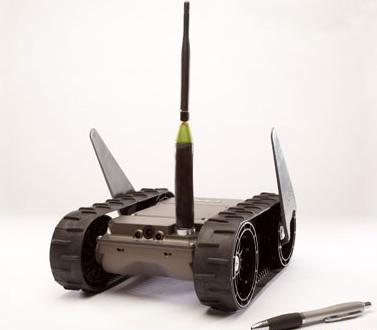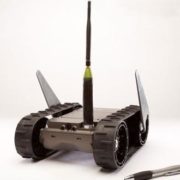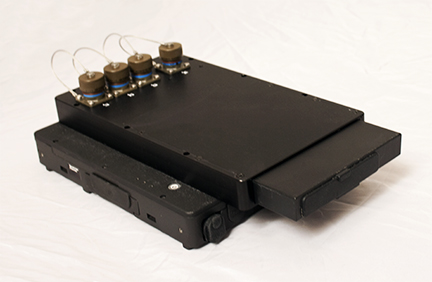 In the early days of the Afghanistan and Iraqi wars, US forces had no effective countermeasures against Improvised Explosive Devices (IEDs), the single biggest cause of combat deaths. To fight the IED threat, our armed forces turned to Unmanned Ground Vehicles (UGV).
In the early days of the Afghanistan and Iraqi wars, US forces had no effective countermeasures against Improvised Explosive Devices (IEDs), the single biggest cause of combat deaths. To fight the IED threat, our armed forces turned to Unmanned Ground Vehicles (UGV).
It’s hard to remember now, but UGVs barely existed 10 years ago. The Defense community abandoned the traditionally leisurely pace of decades-long weapons development and quickly flooded combat theaters with thousands of UGVs. In 2011, the world’s governments are projected to spend $702 million a year on UGVs. Below is a chart comparing a few UGVs. Read more





 One of the hottest topics in the unmanned systems community is civilian applications. As Smithsonian.com reports in
One of the hottest topics in the unmanned systems community is civilian applications. As Smithsonian.com reports in 



 here’s nothing quite like the prospect of a half of a billion dollars to get the blood pumping, the brain scheming, and the pundits pontificating. The President’s ambitious Advanced Manufacturing Partnership (AMP), which includes $70 million for robots, may not revive the American manufacturing sector, but it certainly has provided fodder for the technology media.
here’s nothing quite like the prospect of a half of a billion dollars to get the blood pumping, the brain scheming, and the pundits pontificating. The President’s ambitious Advanced Manufacturing Partnership (AMP), which includes $70 million for robots, may not revive the American manufacturing sector, but it certainly has provided fodder for the technology media. 